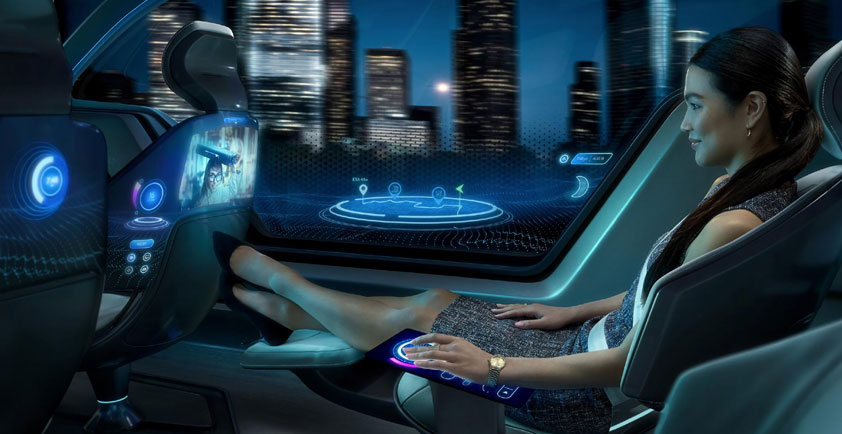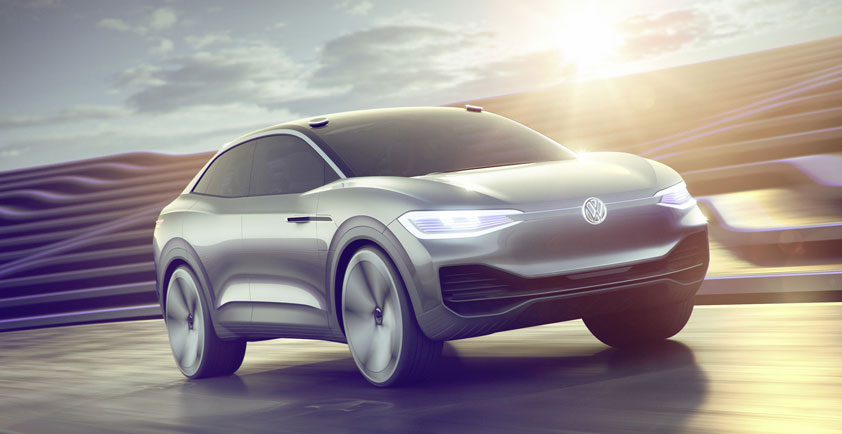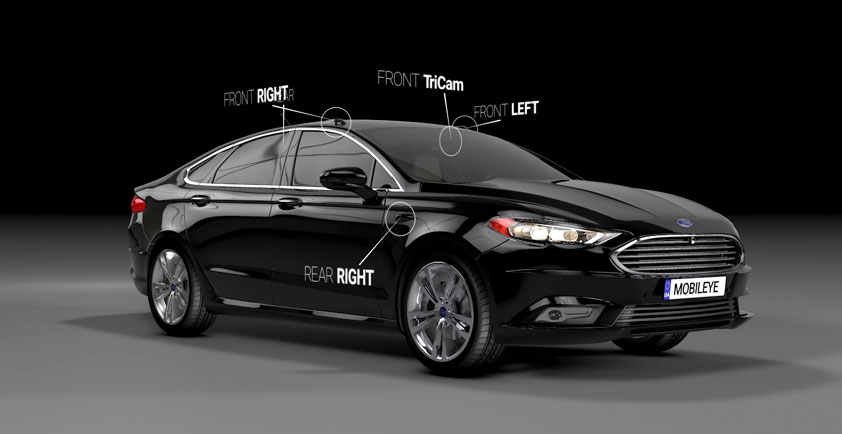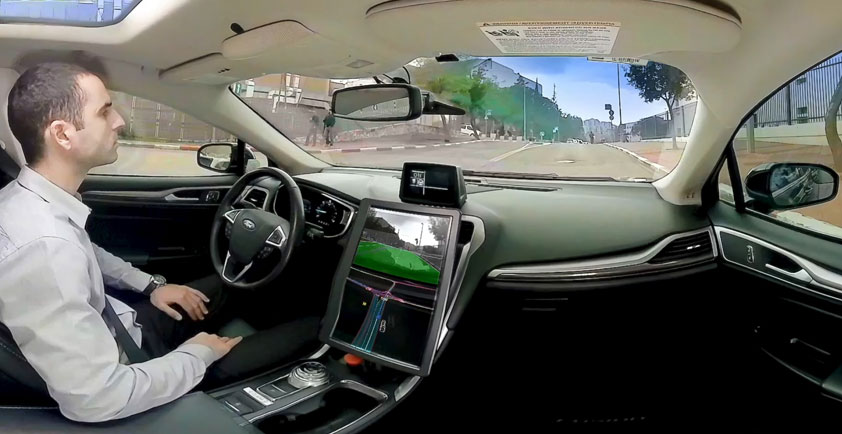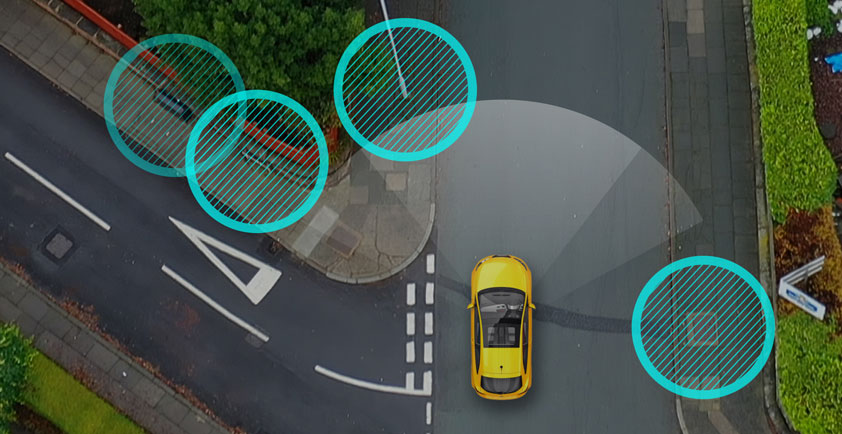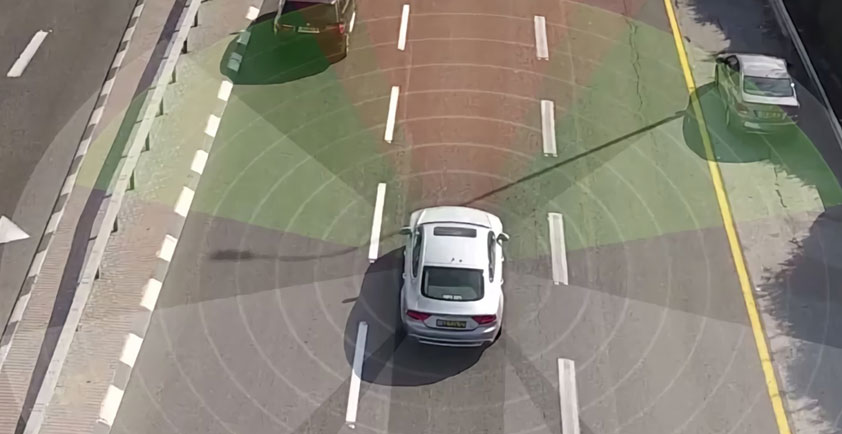

INTEL 2020 VISION: HOW AUTONOMOUS CARS WILL MAKE ROADS SAFER
>> As driverless cars move closer to being a reality, safety is the key challenge.
>> Intel-owned Mobileye has developed a number of technologies aimed at making autonomous driving as safe as possible.
>> Mobileye believes that its technology could help to significantly reduce the amount of road collisions in future.
Driverless cars are edging closer to becoming a reality. The arrival of 5G and development of smart city infrastructure will give the driverless future a necessary boost, but there’s still work to be done. There are several aspects of the technology that need perfecting but there’s no doubt that safety is the key to the future success of autonomous vehicles. That’s why Mobileye*, an Intel company, has been developing pioneering technology to safely bring driverless cars to the road.
“Founded on the idea that we could use computer vision technology to help save lives on the road, Mobileye became a pioneer in Advanced Driver Assistance Systems (ADAS),” said Prof. Amnon Shashua, senior vice president at Intel and president and CEO of Mobileye, in a recent editorial. “These capabilities are now scaling up to become the building blocks for a fully autonomous vehicle”.
Driving Upgrades with REM and RSS
To achieve the goal of introducing truly self-driving cars to the roads, it’s vital to address complex safety assurance issues along with the wider acceptance of the technology in society. To take things to the next level, Mobileye developed Road Experience Management (REM) technology in order to crowdsource the maps needed for autonomous vehicles. The company is now using these maps to improve the accuracy of ADAS features.
Mobileye also developed the Responsibility-Sensitive Safety (RSS) platform, which takes a mathematical approach to decision making. The technology-neutral system is designed to work across vehicles from different manufacturers. Industry and governments have already announced plans to incorporate RSS into their autonomous driving initiatives.
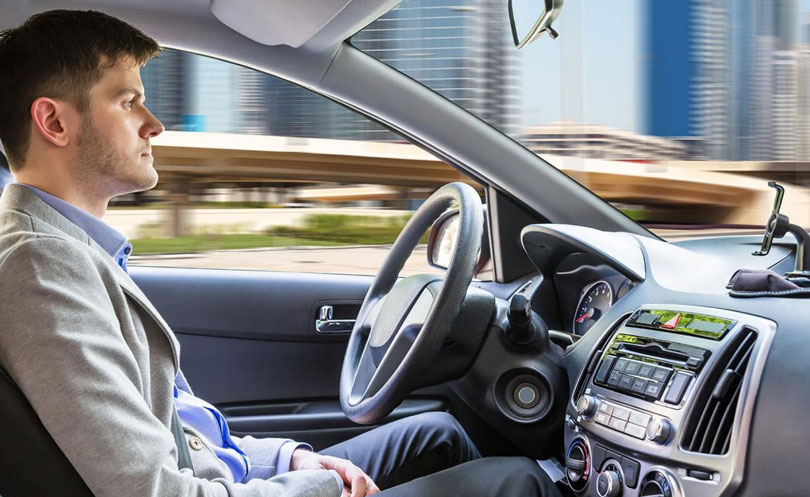

Safe Driving with Automatic Preventative Braking
Mobileye recently announced plans to use this RSS technology to augment its automatic emergency braking. The company calls this Automatic Preventative Braking (APB). “Using formulas to determine the moment when the vehicle enters a dangerous situation, APB would help the vehicle return to a safer position by applying small, barely noticeable preventative braking instead of sudden braking to prevent a collision,” said Shashua.
The company believes that using APB in every vehicle, along with a simple forward-facing camera, could eliminate a significant number of front-to-rear crashes that result from incorrect decision making. In addition, if surround cameras and maps are added to the equation, the company believes that nearly all collisions of this kind could be eliminated.
International Collaboration to Reach Vision Zero
The aim is that preventative technologies like APB will contribute towards ‘Vision Zero’ in future. This is a multinational road safety effort that aims to eliminate injuries and fatalities resulting from traffic accidents. Unlike physical traffic-calming objects such as speed bumps, APB is designed to adjust vehicle speed only when absolutely necessary, boosting safety without causing congestion.
Mobileye’s autonomous driving technology is already making its mark around the world, with the company recently teaming up with Beijing Public Transport Corporation* (BPTC) and Beijing Beytai* to bring autonomous cars to the Chinese capital’s roads in 2022. The collaboration will promote the development of autonomous driving technology for improving public transport around the globe, and also help the move toward establishing an industry standard.
While it may take some time before we reach the stage where autonomous vehicles are helping to save lives on the roads, Mobileye is already laying the technological foundations for a safer future.
Author: Libby Plummer

